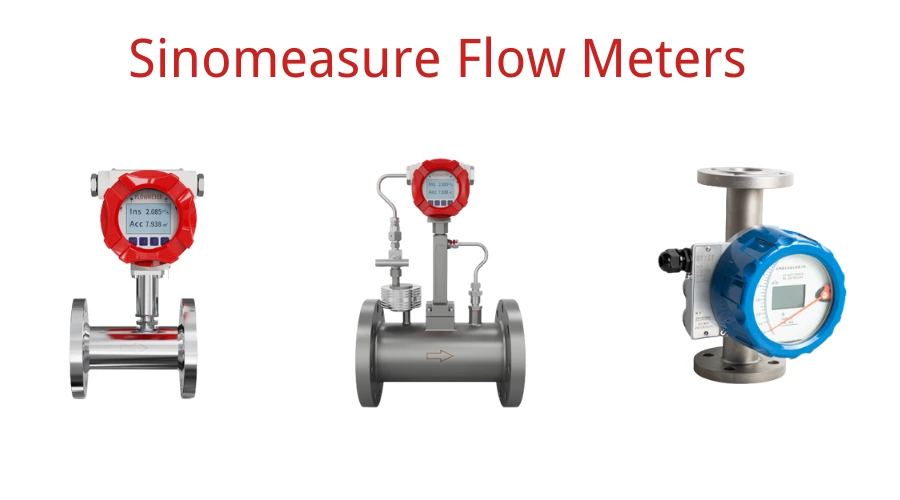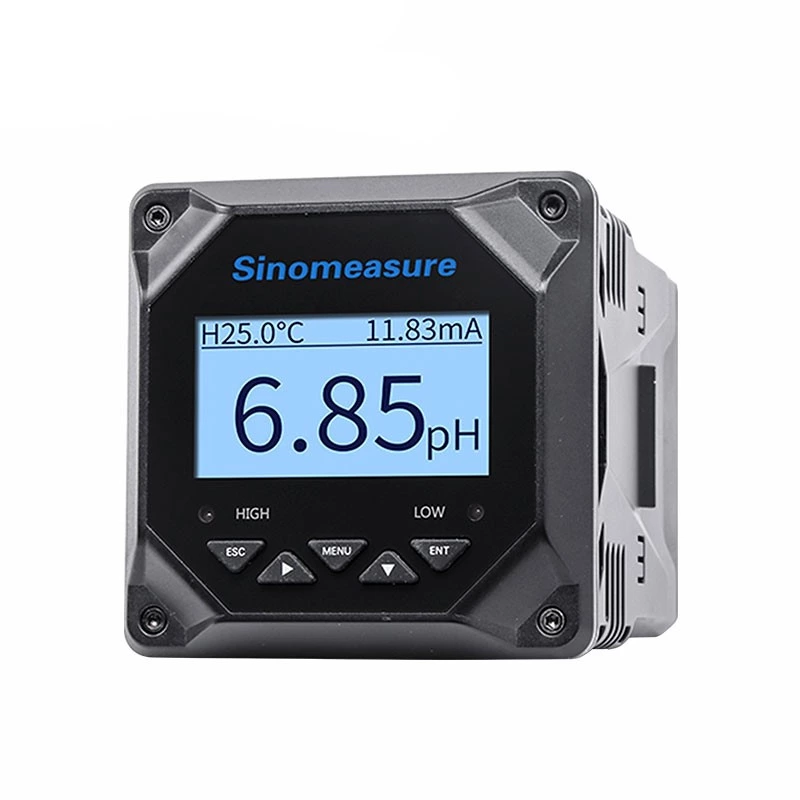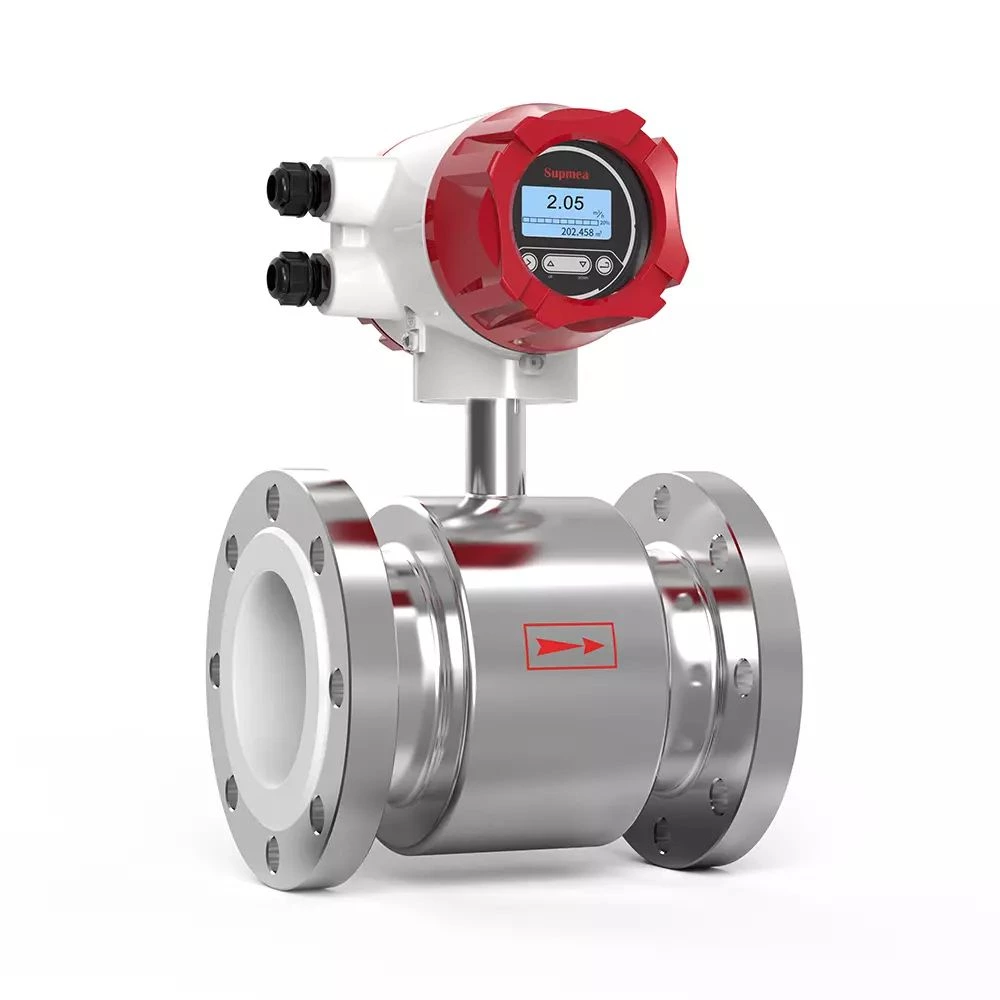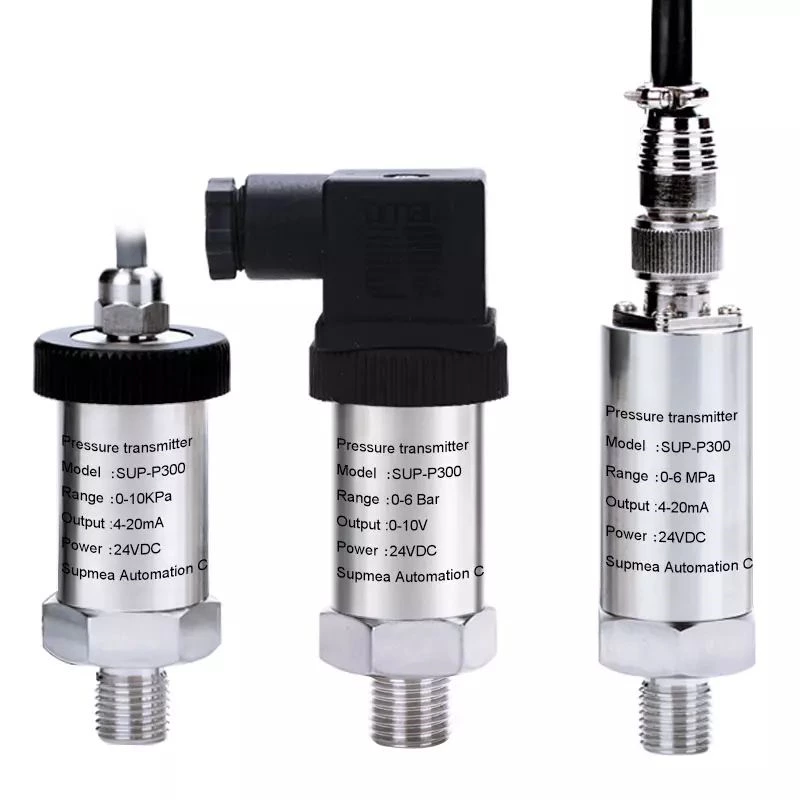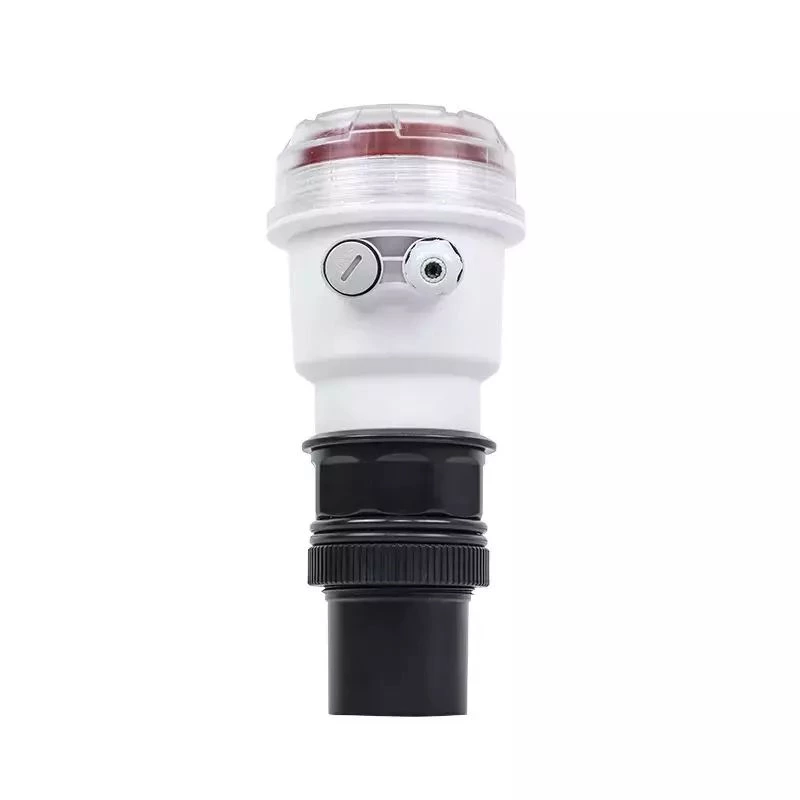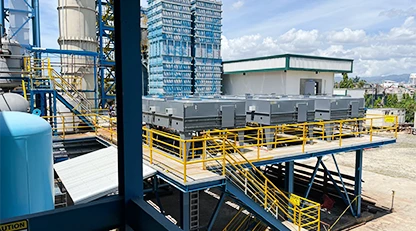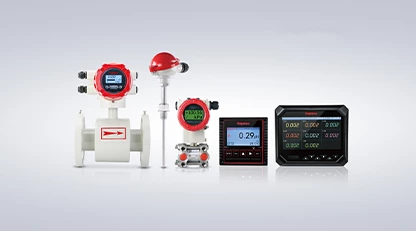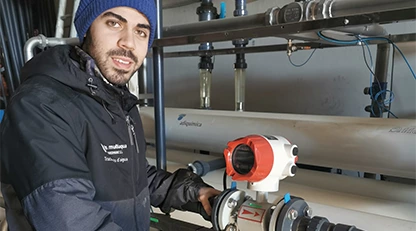Steam flow meters are devices that measure the flow rate of steam in a pipe or duct. The use of steam flow meters can allow accurate measurement data in harsh environments, improve production efficiency and save energy. Therefore, its attention is also constantly increasing. On the one hand, the steam flow meter can eliminate the influence of steam density changes on the measurement results through pressure compensation or temperature compensation functions, and improve measurement accuracy. On the other hand, the steam flow meter can conveniently read or record the steam flow data through the output signal or display screen, which is convenient for management and control.
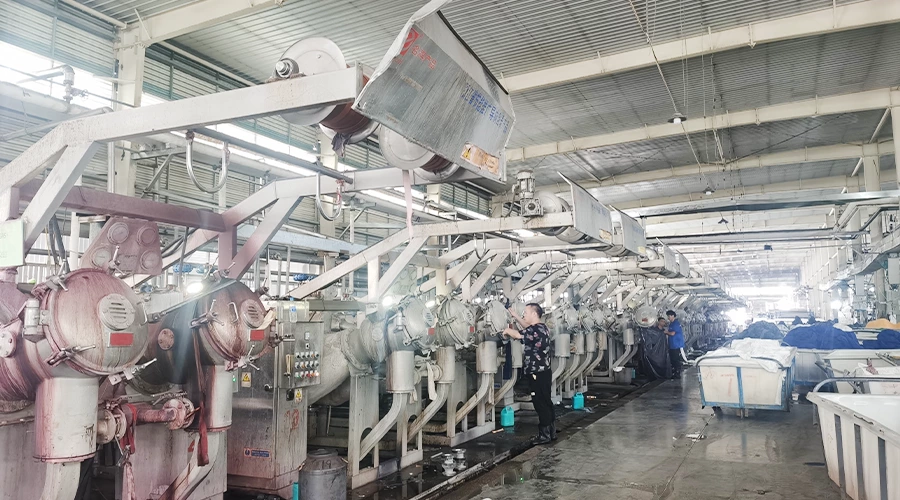
Differential pressure (DP) flow meters
Differential pressure (DP) flow meters rely on the change in pressure as steam flows by an element, such as a nozzle, orifice, or venturi. The DP flow meter consists of a primary element and a secondary element. The primary element is the orifice plate, while the secondary element is a DP transmitter. The DP flow meter is used in low-pressure steam systems.
They are simple and low-cost, but they require pressure and temperature compensation to calculate mass flow. They are suitable for applications where accuracy is not critical and pressure drop is acceptable.
Benefits
- Can be used for most gases, liquids and steam, even under extreme pressure and temperature conditions.
- With no moving parts in the flow stream, which reduces wear and tear and maintenance costs.
- Not affected by changes in viscosity or density of the fluid.
- Can be removed from the process without shutting down the process.
Turbine flow meters
The turbine flow meters use a rotating turbine wheel that spins as steam flows through it. The speed of the turbine is proportional to the volumetric flow rate. The rotational speed is detected by sensors, which convert the speed into an electrical signal that is proportional to the flow rate. Turbine flow meters are commonly used in high-pressure steam systems.
They are accurate and reliable, but they require clean and dry steam to avoid erosion and fouling. They are suitable for applications where high accuracy and wide turndown ratio are required.
Benefits
- Suitable for both liquids and gases, especially clean and low-viscosity fluids.
- Highly accurate and precise, with an accuracy of ±0.25% to ±0.5% for liquids and ±1.5% for gases.
- With good repeatability and linearity.
- A wide rangeability, typically 10:1 or higher.
- With a fast response time and low pressure drop.
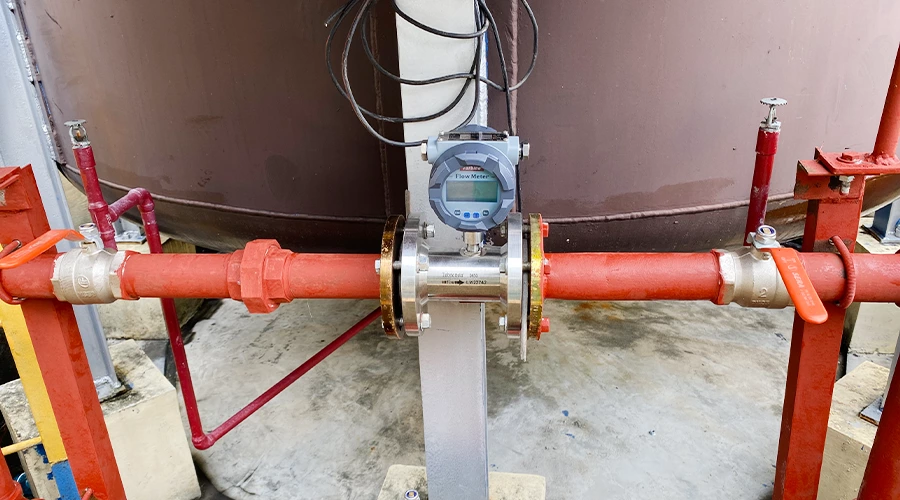
Vortex shedding flow meters
Vortex shedding flow meters use a bluff body that creates vortices as steam flows past it. The frequency of the vortices is proportional to the velocity of the steam. Vortex flow meters are commonly used in saturated steam applications. They are robust and have no moving parts, but they require minimum upstream and downstream straight pipe lengths to ensure stable vortices. They are suitable for applications where high accuracy and wide rangeability are required.
Benefits
- They are suitable for measuring steam, liquids and gases, especially high-temperature fluids.
- They have simple installation and low maintenance costs.
- They have high sensitivity to small flow variations and wide rangeability.
- They have excellent performance due to pressure and temperature compensation.
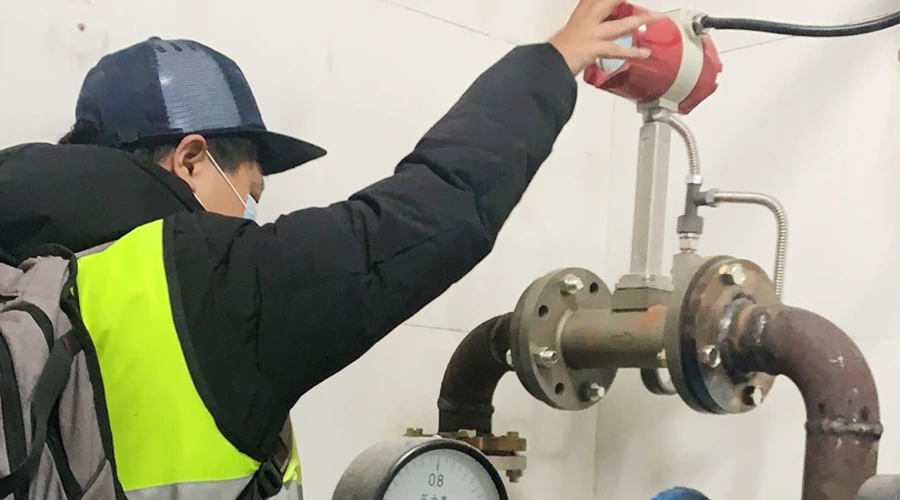
Variable Area Flow Meter (Rotameter)
A variable area flow meter (also known as a Rotameter) is a type of steam flow meter that uses a tapered tube and a float that moves up and down as steam flows through it. The position of the float indicates the volumetric flow rate of the steam. They are simple and inexpensive, but they have low accuracy and reliability. Variable area flow meters are suitable for applications where visual indication of flow is sufficient and pressure drop is not a concern.
Benefits
- Measure steam flow in any direction (vertical, horizontal, or inclined).
- Have no moving parts except for the float.
- Can handle dirty or corrosive fluids with appropriate materials.
Meters Selection for Measuring Industrial Steam Flow
The best type of steam flow meter for your application depends on several factors, such as:
- Accuracy and reliability you need
- Pressure and temperature of the steam
- Cleanliness and dryness of the steam
- Installation and maintenance costs
- Available straight pipe lengths
As I mentioned before, there are four common types of steam flow meters: differential pressure (DP), turbine, Rotameter, and vortex shedding. Each type has its own advantages and disadvantages.
Here is a summary table that compares some of the key features of each type:
| Type | Accuracy | Reliability | Pressure Drop | Installation Cost | Maintenance Cost |
| DP | Low to medium | Medium to high | High | Low to medium | Medium to high |
| Turbine | High | High | Low to medium | Medium to high | Medium |
| Rotameter | High | High | Low | Low | Low |
| Vortex shedding | High | High | / | / | / |

